
Physics' big announcement had more in common with a leaky product launch than the serious business of re-writing the science books. But slack asset management aside, it's official: a new boson has been observed with a standard deviation of 5 (confidence of 99.9%). The highly anticipated announcement came this morning direct from CERN's press conference (via ICHEP in Melbourne,) and is the result of an intense, ongoing search for the elusive particle. The observation is of a boson particle with a mass of 125.3 ± 0.6 GeV, at a significance of 4.9 sigma. Joe Incandela -- giving the presentation -- said that this is "In agreement with the standard model at 95% confidence range." The boson is the heaviest ever found, and although this is still a preliminary result, it's by far the strongest case yet for the existence of the elusive Higgs.
The sought-after particle is essential for supporting the current understanding of sub-atomic world, and its bearing on nuclear, and electromagnetic interactions. The next stage will be to determine the exact characteristics of the new particle and whether it matches the expectations of the Higgs, or is it in fact something more "exotic." This part will take much more time, but for now, a (very) small, but important piece of the puzzle has been found.
Update: We're sure you've got many questions, and CERN apparently anticipated this. Check out the more coverage link for a helpful FAQ about everything Higgs.
[Image credit: CERN]
Continue reading CERN confirms existence of new particle consistent with Higgs boson (video)
CERN confirms existence of new particle consistent with Higgs boson (video) originally appeared on Engadget on Wed, 04 Jul 2012 03:44:00 EDT. Please see our terms for use of feeds.
Permalink |
 CERN (webcast)
CERN (webcast) |
Email this |
Comments
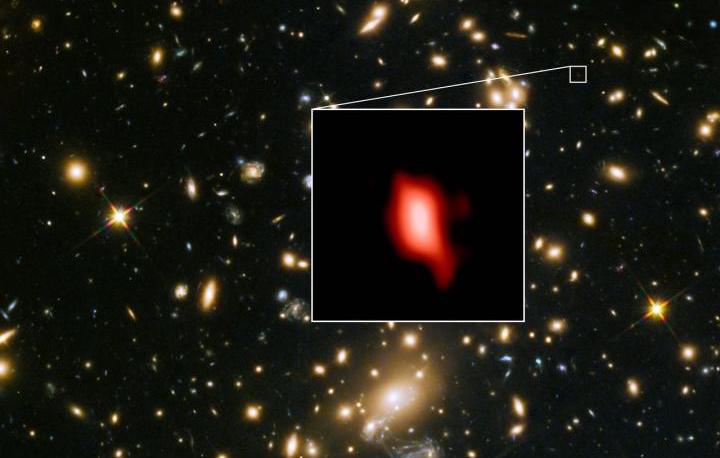 After the Big Bang occurred, there was no oxygen in the early universe. Stars had to be born before oxygen could be created by fusion processes. When these stars died, the oxygen was released into the universe. Now, a research team using the ALMA tel...
After the Big Bang occurred, there was no oxygen in the early universe. Stars had to be born before oxygen could be created by fusion processes. When these stars died, the oxygen was released into the universe. Now, a research team using the ALMA tel...
 After the Big Bang occurred, there was no oxygen in the early universe. Stars had to be born before oxygen could be created by fusion processes. When these stars died, the oxygen was released into the universe. Now, a research team using the ALMA tel...
After the Big Bang occurred, there was no oxygen in the early universe. Stars had to be born before oxygen could be created by fusion processes. When these stars died, the oxygen was released into the universe. Now, a research team using the ALMA tel...
 The last paper Stephen Hawking wrote before he died has now been published in the Journal of High Energy Physics. Though some version of the paper has been available on the preprint site arXiv since last year, it was submitted to the journal for revi...
The last paper Stephen Hawking wrote before he died has now been published in the Journal of High Energy Physics. Though some version of the paper has been available on the preprint site arXiv since last year, it was submitted to the journal for revi...
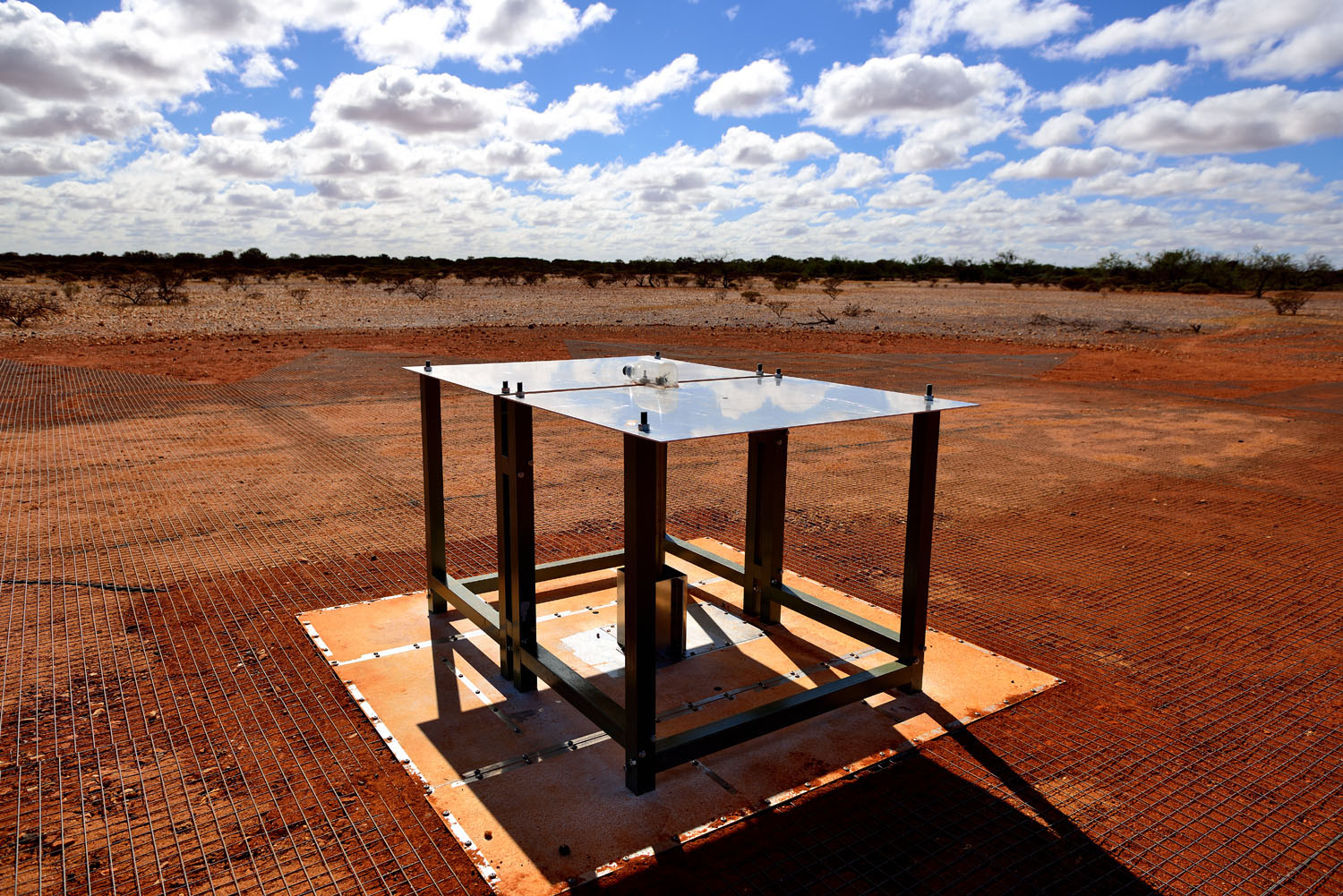 The early development of our universe is still quite a mystery, but in a new study published today in Nature, researchers describe what may be evidence of when the first stars began to form. After the Big Bang, which took place some 13.7 billion year...
The early development of our universe is still quite a mystery, but in a new study published today in Nature, researchers describe what may be evidence of when the first stars began to form. After the Big Bang, which took place some 13.7 billion year...
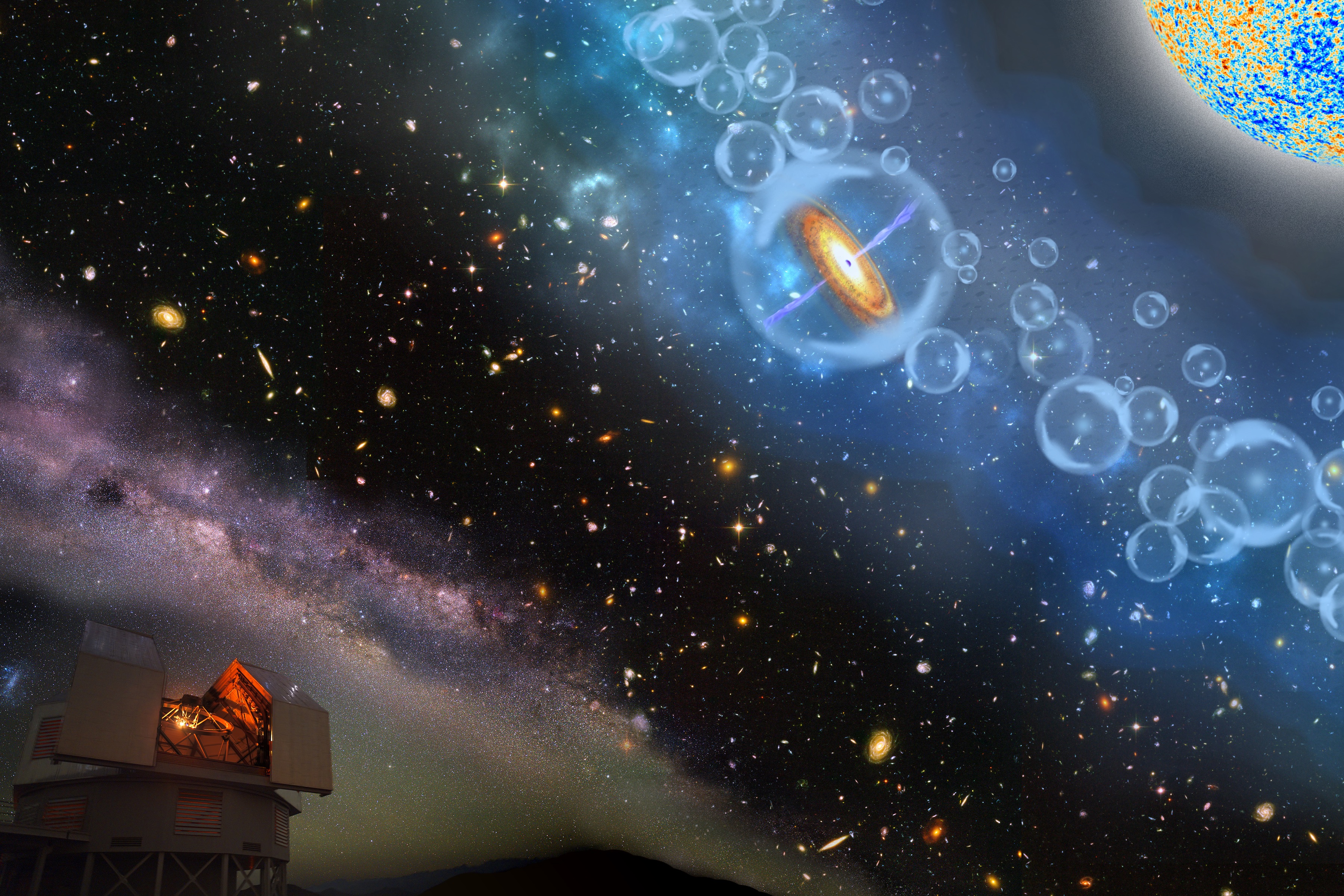 Quasars are supermassive black holes at the center of galaxies that actively consume gas and dust. As mass falls into the black hole, it forms an accretion disk around the black hole and jets of matter that spew from the black hole. These features ma...
Quasars are supermassive black holes at the center of galaxies that actively consume gas and dust. As mass falls into the black hole, it forms an accretion disk around the black hole and jets of matter that spew from the black hole. These features ma...
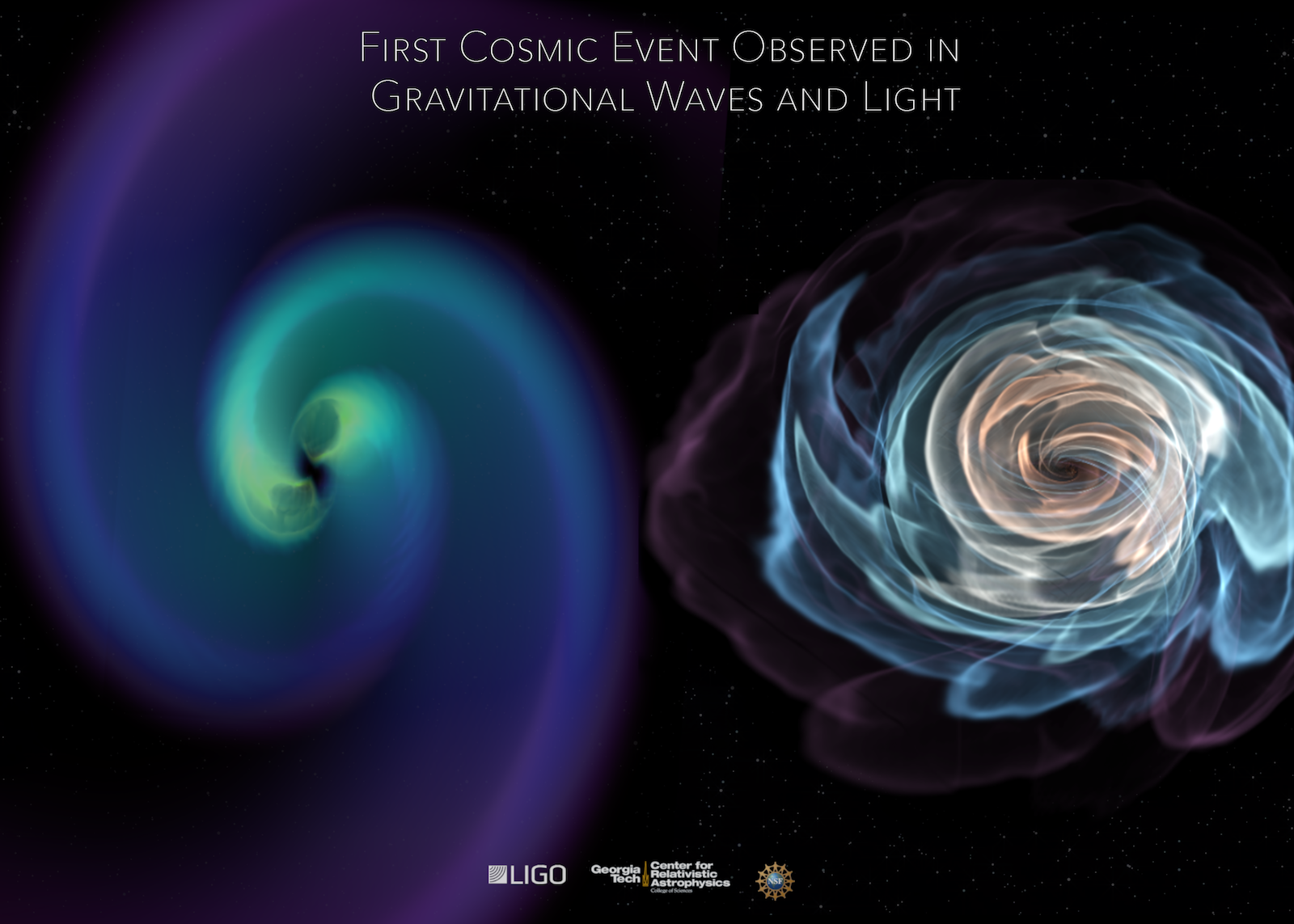 A couple of weeks ago, the LIGO (Laser Interferometer Gravitational-Wave Observatory) and Virgo teams announced the detection of another set of gravitational waves -- the fourth since LIGO's first detection in September of 2015. The observations of t...
A couple of weeks ago, the LIGO (Laser Interferometer Gravitational-Wave Observatory) and Virgo teams announced the detection of another set of gravitational waves -- the fourth since LIGO's first detection in September of 2015. The observations of t...
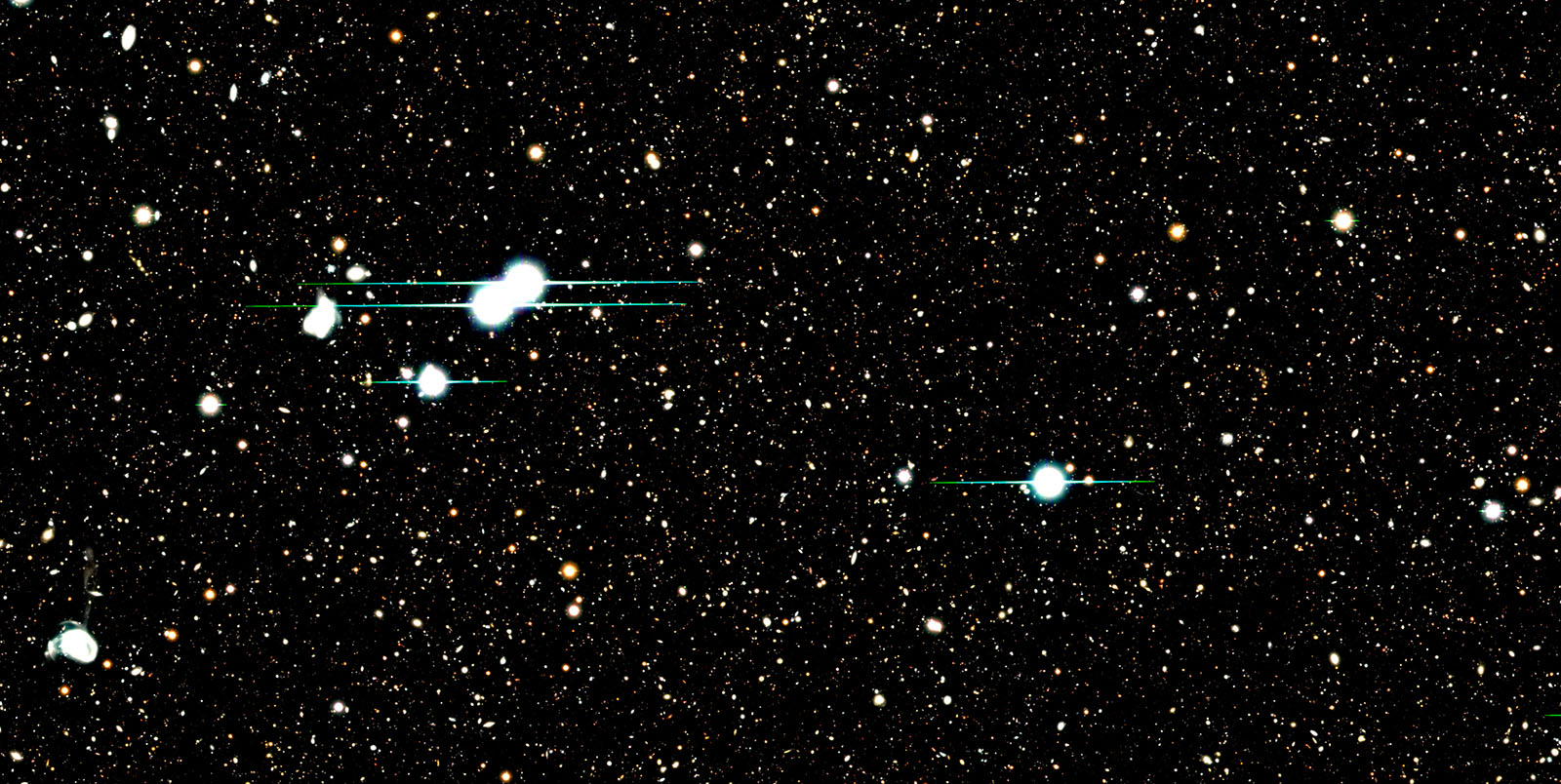 Galaxies that emit a green glow make bitchin' screen-savers, but they're exceedingly rare in the actual universe. However, UCLA astronomers recently discovered that most, if not all early galaxies had a green hue due to their intense heat and special...
Galaxies that emit a green glow make bitchin' screen-savers, but they're exceedingly rare in the actual universe. However, UCLA astronomers recently discovered that most, if not all early galaxies had a green hue due to their intense heat and special...
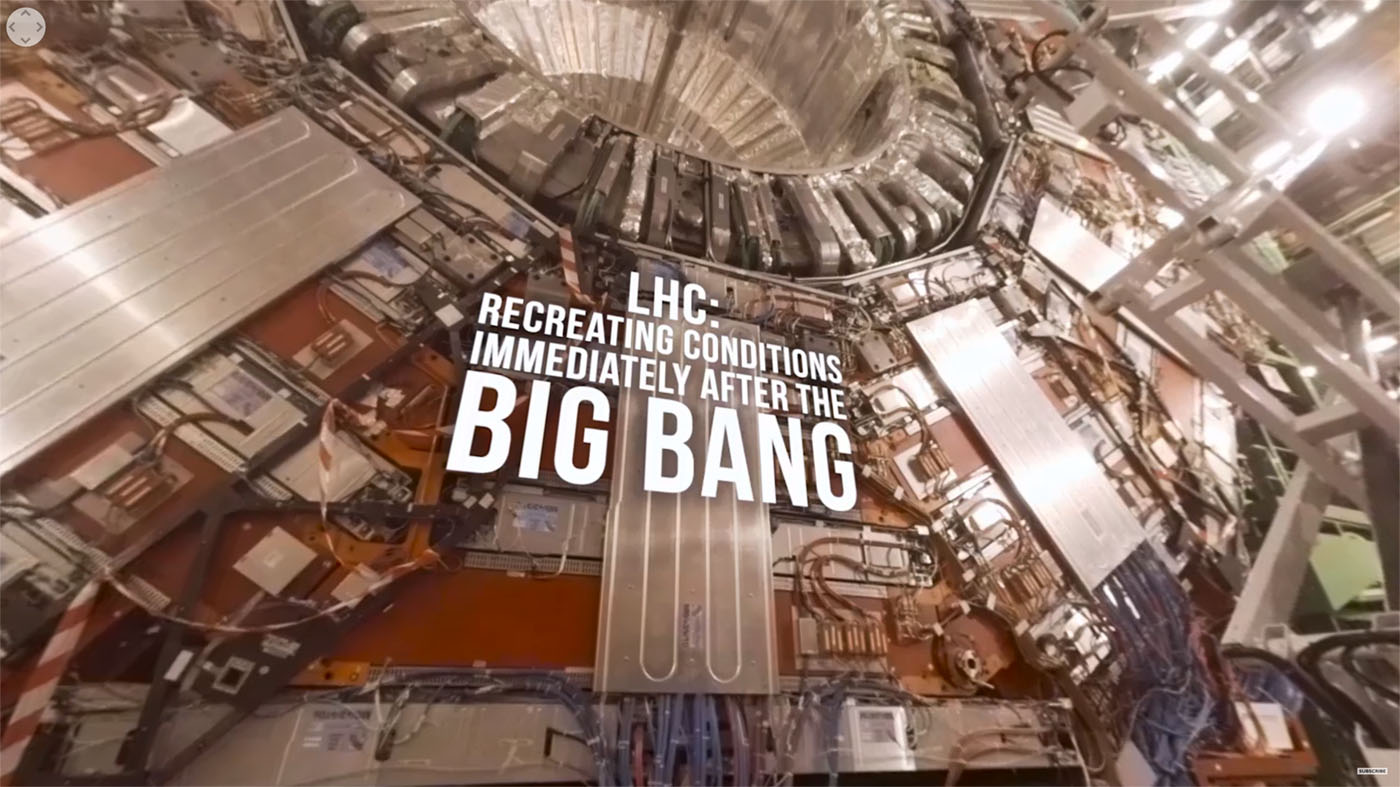 CERN's Large Hadron Collider keeps delivering important scientific discoveries, but apart from some Google Street View images, it's pretty hard to grasp the scale of it. However, a new 360-degree video from the BBC (below) takes you on a visual tour...
CERN's Large Hadron Collider keeps delivering important scientific discoveries, but apart from some Google Street View images, it's pretty hard to grasp the scale of it. However, a new 360-degree video from the BBC (below) takes you on a visual tour...
 NASA announced on Thursday that an international team of astronomers have used the Hubble space telescope to spot the most distant galaxy discovered to date -- not to mention one of the oldest in the visible Universe. The galaxy, dubbed GN-z11, has a...
NASA announced on Thursday that an international team of astronomers have used the Hubble space telescope to spot the most distant galaxy discovered to date -- not to mention one of the oldest in the visible Universe. The galaxy, dubbed GN-z11, has a...
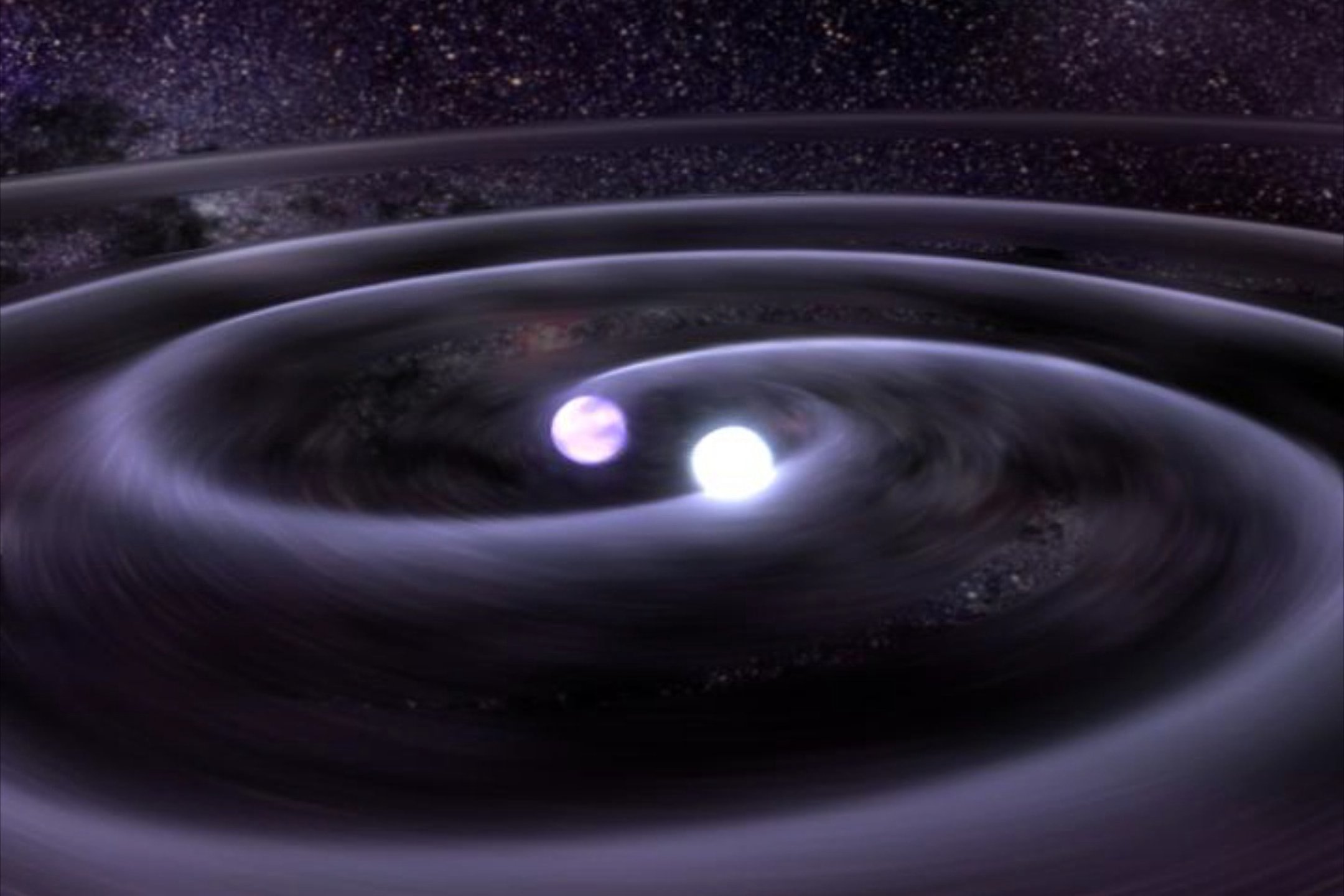 "We have detected gravitational waves. We did it," David Reitze, executive director of the Laser Interferometer Gravitational-Wave Observatory (LIGO), said at a press conference in Washington on Thursday. Reitze has good reason to be excited. LIGO's...
"We have detected gravitational waves. We did it," David Reitze, executive director of the Laser Interferometer Gravitational-Wave Observatory (LIGO), said at a press conference in Washington on Thursday. Reitze has good reason to be excited. LIGO's...

